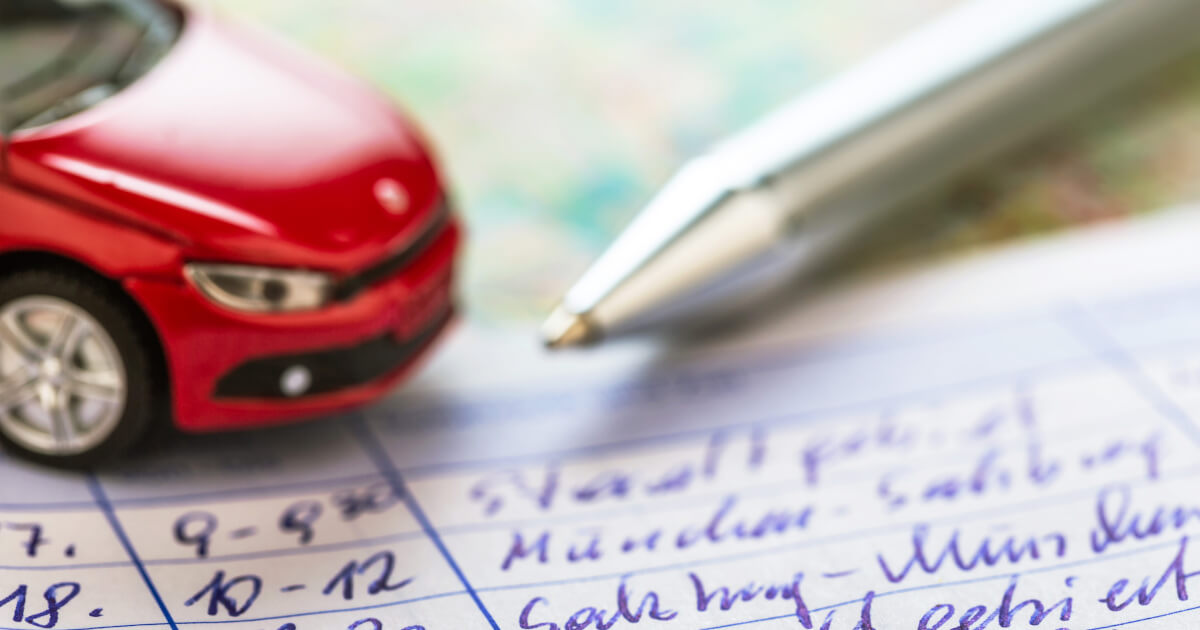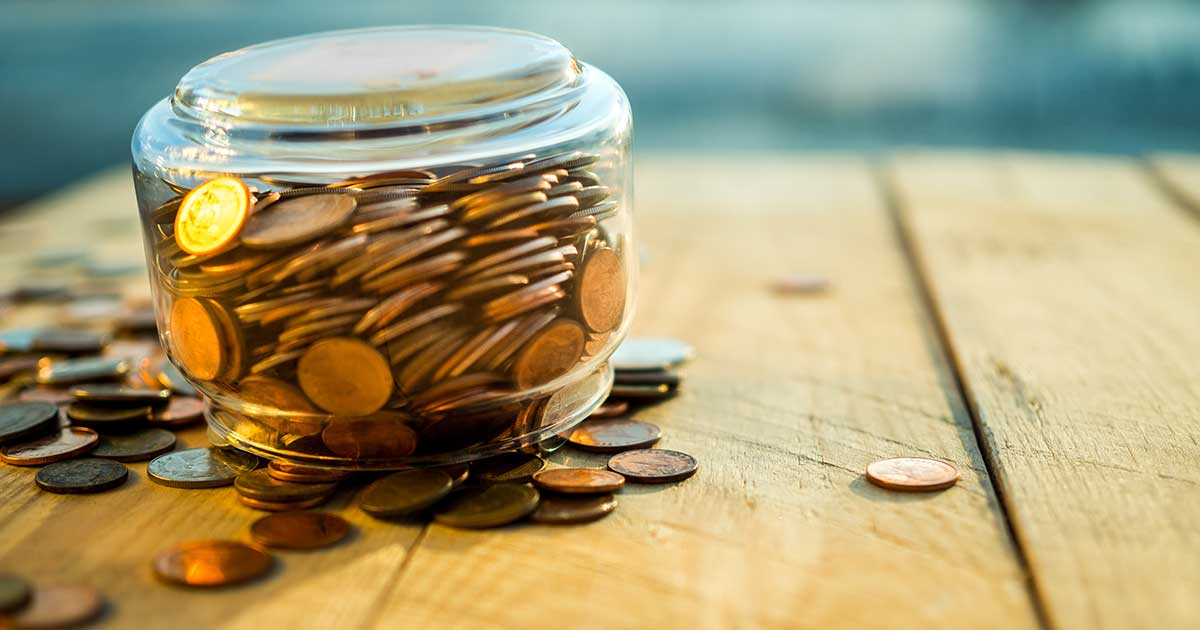Three examples for calculating depreciation
How is depreciation calculated? This question has always been of paramount importance to entrepreneurs. The loss in value of assets can be deducted in many different ways and the final depreciation amount depends on the chosen calculation method. Below are the three most commonly used ways for calculating depreciation
Cheap domain names
Domains as original as your ideas. What are you waiting for?
Make your project a success with the perfect domain extension!
What purpose does calculating depreciation serve?
The following calculations concern the depreciation of assets with a limited useful life, the value of which must be successively deducted according to a preconceived depreciation plan during the asset’s useful life.
When calculating tax, HMRC (Her Majesty’s Revenue and Customs department) does not take into account any depreciation costs, because it offers its own version for the fiscal regulation of fixed assets, namely capital allowances. Simply put, this refers to the amount that a business spends on assets which can be later subtracted from what that business owes in tax. In other words, when calculating taxes, depreciation is not tax-deductible and is not considered as an expense deduction.
To understand the concept of wear-and-tear, we recommend the article on the basic principles of depreciation, where the most important aspects are discussed. However, to refresh our memory, let us mention some of the most important ones:
Generally speaking, assets purchased for purposes of your business operations will lose value over time through wear-and-tear. This applies to equipment, machinery, business vehicles, office equipment, premises, and, in a wider sense, intangibles such as rights and licenses covered by a certain time limit.
A company’s balance sheet must therefore account for such diminishments in asset value, which is considered not only an entrepreneur’s obligation, but also a very beneficial bookkeeping practice. Since they are seen as profit diminishments, they can be claimed as operating expenditure, which in turn results in capital allowances.
The balance sheet of each company should record depreciations as decreases in equity capital.
In theory, there are three different types of depreciation:
- Straight-line depreciation (time-related)
- Declining balance method of depreciation
- Unit of production method of depreciation
The most common of them all, straight-line depreciation, entails an evenly distributed diminishment of value over the course of an asset’s useful life. In some cases, however, the unit of production method is also used. A classic case of this depreciation type is represented by vehicles and their gradual loss in value caused by increasing mileage. In special cases, the declining balance method of depreciation is also applicable, whereby a constant percentage is applied to the value of an asset over the course of its useful life.
Excel with Microsoft 365 and IONOS!
Use Excel to create spreadsheets and organise your data - included in all Microsoft 365 packages!
Calculating depreciation – examples and tips
If you would like to work out the depreciable amount, you need to know the asset’s purchase date, the asset’s acquisition value, and the asset’s estimated useful life expressed in financial years.
Calculating straight-line depreciation
In the case of straight-line depreciation, the acquisition or production costs of an asset are evenly distributed over the course of its useful life. You divide this value by the estimated number of useful years and subtract the resulting proportionate amount from the second useful year on (any remaining residual value can also be included in this if necessary). The first useful year of any asset begins in the month in which it was obtained.
Let’s imagine that you buy a laptop in the month of June for a net value of £900. To be classified as a fixed asset, the acquisition value must exceed a certain sum, which is usually set at £500 for small businesses. Since the laptop’s value exceeds this sum, it depreciates in a straight-line fashion. Assuming that the useful life for a laptop is three years, the depreciation rate stands at 33.3%, but not for the first and final year.
First, we want to calculate the annual straight-line depreciation costs with the aid of the following formula:
Acquisition value/useful life = depreciation value per year
£900/3 years = £300 per year
First year: Because the laptop was bought in June (only used for seven of the total twelve months in a financial year), you may only subtract seven-twelfths of the annual amount – i.e. £175 instead of the initial £300.
Second and third year: In these years, the normal depreciation rate of 33.3% applies, i.e. £300 after each year of the laptop’s useful life has passed.
Fourth year: For this year, what remains is to calculate the laptop’s residual amount:
£900 - £175 - £300 - £300 = £125
Your laptop is now depreciated correctly and you may now proceed with the calculation of your capital allowances.
Calculating units of production depreciation
This type of depreciation is used for assets, which do not conform to any regular use. As a result, this method records the actual wear-and-tear of an asset more accurately. The deducted depreciation values are therefore not in any way time-related, but rather calculated on the basis of the asset’s performance.
Let’s assume you bought a lorry worth £120,000 for your company with a total mileage capacity of 300,000 miles. Based on these figures (i.e. £120,000 divided by 300,000 miles), 40 pence are depreciated off the lorry’s initial value per driven mile. As a result of this, the actual annual depreciation value varies depending on the distance covered. Supposing that you drove 30,000 miles in the first year, the unit of production depreciation is calculated in the following way:
30,000 mi. x £0.4 = £12,000
In the following years, your calculations should proceed in the same manner until you reach the total capacity of 300,000 miles.
When using the unit of production depreciation method, you must account for the annual output of your asset (regardless of whether it is a machine or a vehicle). To control the output, machine operators can avail of operating hours counters, while vehicle drivers can make use of journey logs.
Declining balance method of depreciation
Just like the previous two depreciation types described above, the declining balance method of depreciation also comprises of a scheduled calculation. Here, the amounts that you subtract from the asset’s value are continuously reduced over the course of its useful life. However, in this method, greater depreciation occurs in the early years of an asset’s life, and smaller depreciation in its later years.
The declining balance depreciation method is also seen as a factor which drives economic development, as it allows a business to set its funds free in less time to make quick re-investments possible.
Furthermore, the depreciation follows a geometric sequence, whereby the value diminishment refers back to the asset’s book value at the beginning of the accounting period. In other words, the same percentage is always depreciated from the asset’s latest carrying value (30% for instance). This form of depreciation can also follow an arithmetic sequence, in which the depreciation is determined using a declining numerical sequence.
The depreciation method in question sticks to the following formula:
Asset’s book value of the previous year multiplied by the depreciation rate = depreciable amount
The depreciation rate is expressed as a percentage. What must also be remembered is that only the asset’s production or purchase costs are to be considered in the year in which it was acquired.
For example, upon purchasing machinery worth £100,000 for your company, it is assumed that its useful life is ten years and its annual depreciation lies at a constant rate of 20%. The diminishment of the asset’s value during its acquisition year also depends on the month in which it was obtained. To simplify the calculations, however, the acquisition in the example below took place in January.
First year: 20% depreciation rate on £100,000 = £20,000, remaining book value: £80,000
Second year: 20% depreciation rate on the remaining £80,000 = £16,000, new remaining book value: £64,000
Third year: 20% depreciation rate on the remaining £64,000 = £12,800, new remaining book value: £51,200
Fourth year: 20% depreciation rate on the remaining £51,200 = £10,240, new remaining book value: £40,960
And so on.
Mathematically speaking, with the aid of this depreciation method, it is not possible for the asset to reach a zero value. However, it is possible to switch to the straight-line depreciation method at any given stage of the asset’s useful life, preferably when the straight-line depreciation amount is higher than that of the declining balance depreciation method.
Imputed costs versus normal depreciation
Aside from all of the depreciation types mentioned above, many companies also deal with the so-called imputed costs, which serve as in-house calculations and are not regulated by legislators. Such invisible costs are not incurred directly and are therefore not recorded in company’s accounts.
Imputed costs and depreciation calculated for commercial and fiscal purposes may substantially differ from one other. Imputed costs are therefore often used as the basis for the asset’s replacement value and not for its acquisition value. This, however, is not permitted in the case of commercial and fiscal depreciation methods.
Please note the legal disclaimer relating to this article.
There are various additional options that you can avail of when calculating depreciation costs. For instance, a tax advisor can offer valuable help. As well as that, a good accounting programme will facilitate work and help you save time.



